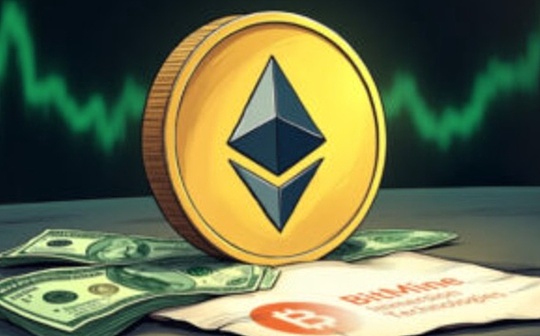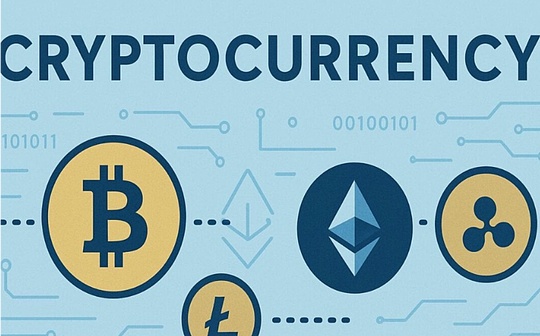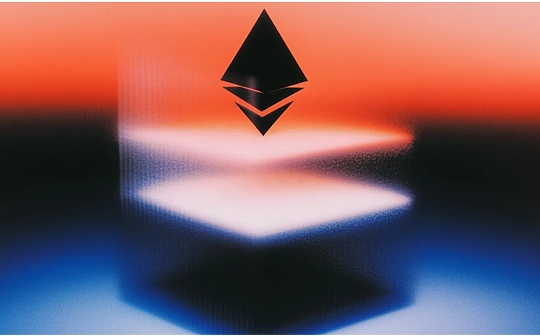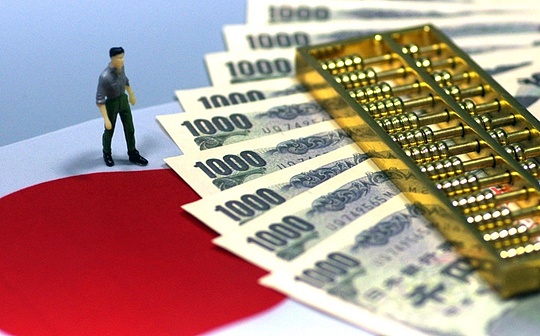
Author: Theclues Source: X, @follow_clues
The core mechanism of equity dilution: additional issuance will change the distribution of equity per share, resulting in the transfer of value from existing shareholders to new shareholders unless certain ideal conditions (such as the market fully accepts additional issuance and does not adjust the valuation) continue to be established.Below I use mathematical calculations to explain why this effect cannot be avoided in reality and will eventually destroy the logic of the “eternal loop”.
1. Example assumptions
-
Initial status:Company assets: $10 billion ETH (net assets = $10 billion, assuming no liabilities).Market capitalization: $11 billion (meaning the market gives a 10% premium, which may be based on growth expectations or speculation).Assuming the total share capital is S shares, then:Net Assets per Share (NAV) = $100/S $100 million.Share price per share = US$110/S billion (premium = 10%).
-
Action: Raise US$5 billion (new shares issued), buy US$5 billion ETH.
-
In order to keep the stock price unchanged, the additional issuance must be priced at the current share price of 100/S.This is a kind of “market price additional issuance”.
2. Calculate the situation after the additional issuance (assuming the additional issuance at the market price, the stock price remains unchanged)
-
Number of additional shares issued: Raising US$5 billion, the number of new shares required N=0.4545S.
-
New total share capital: 1.4545S.
-
New Total Assets: 100 + 50 = $15 billion ETH.
-
New net assets per share: US$150/14545S million (about 3.13% increase from the initial 100/S).
-
New market value (assuming the market accepts stock price remains unchanged): $16 billion.
-
New premium: 10/150=6.67% (down from 10% to 6.67%).
On the surface, the stock price per share remains unchanged by 110/S, and the net assets per share even increase slightly.
But here is the dilution effect:
-
Value transfer occurs: The newly added $5 billion assets are shared by all shareholders (old + new).The equity ratio of existing shareholders has dropped from 100% to 68.75%.They originally owned all of $10 billion in assets, but now they only own 68.75% of $15 billion (≈10.313 billion), with a net increase of $313 million.But if there were no additional issuance, they would have had 11 billion; here, the new shareholders shared some of the added value in the form of “discount” (because of premium compression).
-
Not a real value-added: The additional issuance of US$5 billion is an injection of external funds, not value created within the company.Its “value-added” is just an illusion of accounting—similar to you depositing someone else’s money into your own bank and then claiming that your family’s wealth has increased.
-
Premium compression is an early warning: The initial 10% premium reflects the market’s optimism about “growth potential” (if you look forward to more additional issuance cycles).But each additional issuance dilutes this potential, resulting in a gradual decline in premiums (from 10% to 6.67%, lower next time).
-
Why?Because the company is essentially “ETH holds a shell” and has no unique business, the market will gradually regard it as an ETH ETF (market value ≈ net assets, premium → 0).Once the premium is 0, further additional issuance cannot be made at a price higher than the net assets, otherwise no one will pay.
3. If the cycle continues, the effect will amplify and destroy the model
Assume that the example is repeated several times (each financing is equivalent to 50% of the current asset, and the additional issuance is made at the time of the stock price, assuming the stock price remains unchanged):
-
After the first round: assets of 15 billion, market value of 16 billion, a premium of 6.67%.
-
Round 2: 7.5 billion financing (50% of 150), the number of new shares is ≈0.46875S’ (S’ is the current equity), new assets are 22.5 billion, new market value is 23.5 billion, premium is ≈4.44%, net assets per share increase but the premium continues to decline.
-
Round 3: Similarly, the premium dropped to ≈3%.
After several rounds, the premium is approaching 0.At this time:
-
The additional issuance price is forced to equal the net asset per share (no premium space).
-
Net assets per share will no longer increase: for example, asset A, equity T, additional issuance of 0.5A (priced at A/T), number of new shares = 0.5T, new assets 1.5A, new share = 1.5A / 1.5T = A/T (unchanged).
-
Circular failure: There is no “stock price increase” to drive the next additional issuance, and the model changes from “value-added” to “zero sum” – new funds only dilute old stocks, without net profit.
This is the manifestation of the dilution effect: it is covered up by premium in the early stage, and exposed in the later stage, resulting in value transfer (new shareholders enter at a low cost and dilute the equity of the old shareholders).
4. If it is not for the additional issuance of the market price, the dilution is more obvious (close to the “affordable additional issuance” scenario)
5. Why is this effect impossible to avoid in practice
-
The market is not infinitely rational or optimistic: Your assumption depends on the market forever accepting “stock price remains unchanged”, but investors will calculate dilution (using EV/EBITDA or NAV discount model).Once the model realizes that there is no intrinsic cash flow (no dividends, only held by ETH), FOMO turns into panic and the stock price collapses early.
-
The essence of mathematics: Dilution is arithmetic necessity.Unless the growth rate brought by the additional issuance issuance and dilution rate (Gordon model: value = \frac{D}{r – g}, g is growth, but g relies on external ETH to rise and is not sustainable), the value will not increase.
In short, BMNR’s new shareholders have continuously eroded the rights and interests of old shareholders through additional issuances, but they are just concealed by the rise in ETH.Other currency stocks are similar. The larger the scale of additional issuance/current market value ratio, the faster the dilution effect!






